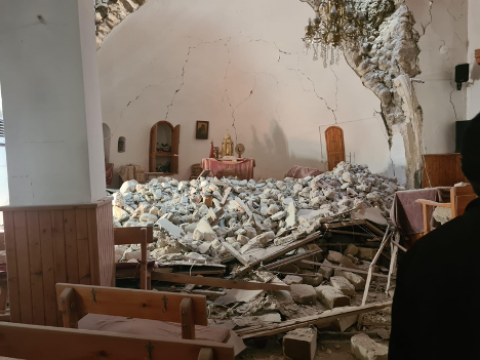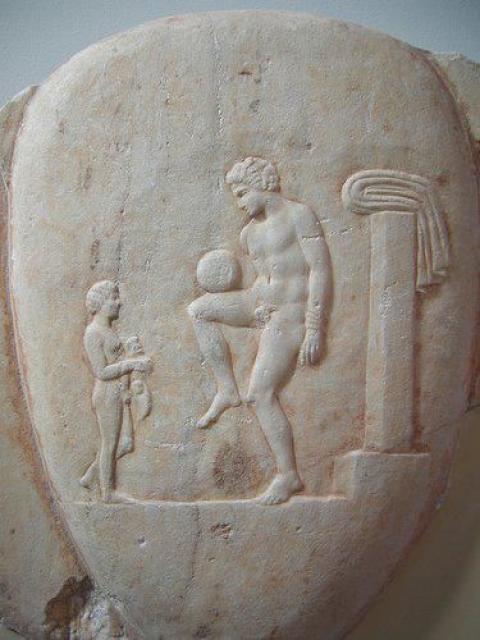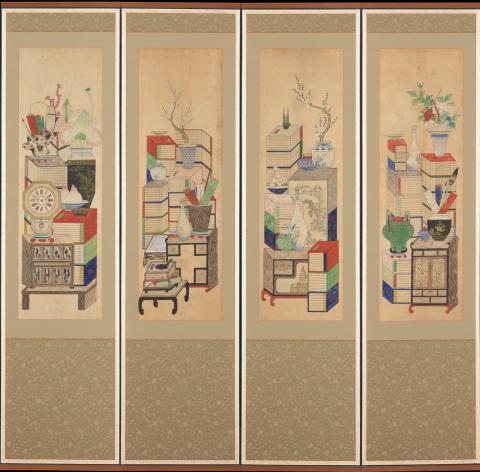SCS Blog Author Page
Posts by Joel Christensen

|
Blog: Antioch in Ruins: An Interview with Arie Amaya-Akkermans
|

|
Blog: Ista Tempora! Isti Mores!: January 6th, A Year Later
At 2:00 pm on January 6th, 2021, a mob made its way up the steps of the U.S. Capitol following a morning of brinkmanship, speeches, and speculation. I sat in my office at home, logged into a Zoom session, watching Twitter and a streaming news channel on one screen, all while pretending to be engaged with the beginning of an SCS Panel, “The Powers and Perils of Solitude in Greek Literature.” At 2:20 or so, I was slated to begin a talk entitled “Being Human, Being Alone” as the Capitol was evacuated and our legislators were put under protection. At 2:24 pm, President Trump tweeted, “Mike Pence didn't have the courage to do what should have been done to protect our Country and our Constitution, giving States a chance to certify a corrected set Read more … |

|
Blog: ‘Greater the Profit...When Two Go Together” [Il. 10.224-5]: Homeric Adventures in Collaboration and Open Access Publishing
How does one (er, a pairing) write a collaborative book and how might we make sure that our work is accessible to students, teachers, and all those interested in Classics? Gather round for the biography of a new and freely available book, Read more … |

|
Blog: A Regular Roman’s Guide to the World Cup Semifinal Match
“For as long as he lives, a man has no greater glory οὐ μὲν γὰρ μεῖζον κλέος ἀνέρος, ὄφρα κεν ᾖσιν, Salve, My ancient Roman friend—I know that much of this world of ours confuses you. Not if I had ten thousand mouths and as many years could I cover the histories of the centuries between your world and ours, nor could I catalog and explain airplanes, televisions, cell phones, and the droning chorus of wonders and horrors you see around you. But maybe I can start with something which will help bridge the gulf between your world and ours—sport. Even though the younger Pliny mocked his contemporaries for their passion for horse races, passion for sport is an ancient inheritance. Read more … |

|
Review: Suda On Line
The idiosyncratic Greek encyclopedia from the 10th century CE known as “The Suda” (from the Greek word souda, meaning “fortress” or “stronghold”) is filled with fascinating assertions, cultural minutiae, and enough gossip for a lifetime of anecdotes. Suda On Line (SOL) is the first and only translation of the entire Suda into a modern language, and it presents in some ways a model for digital scholarship, even twenty years after its inception. A team of seven managing editors, seventy-five editors, and over 125 contributing translators created it (a history of the project is available here). SOL is open to contributions from users; each entry is marked with a history of who translated it, who provided comments, and what, if any, editorial interventions were performed later. Read more … |
